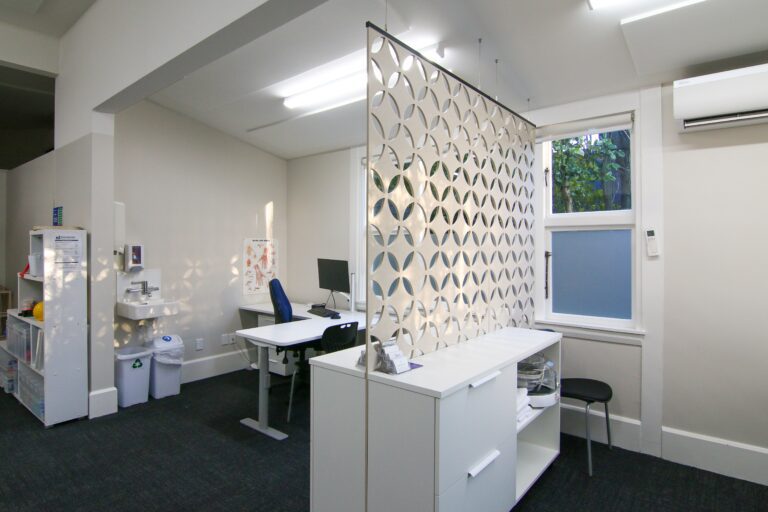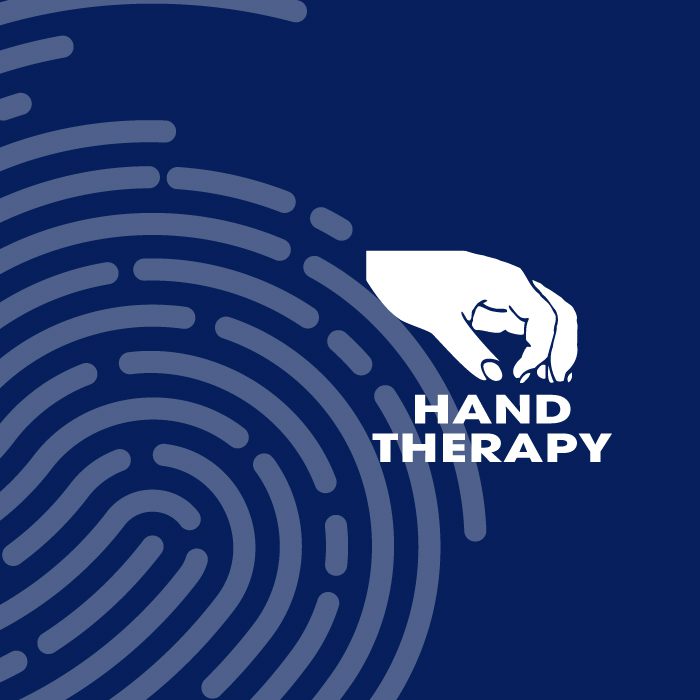The ulnar nerve runs from the shoulder to the little finger and innervates the small muscles of the hand (intrinsic muscles) that allow fine movements of the fingers e.g., typing. Damage to the ulnar nerve anywhere along its length can cause loss of sensation and muscle weakness in the hand. This is known as ulnar nerve palsy or ulnar neuropathy. This condition can affect the ability of the hand to make fine movements and perform many routine tasks. In severe cases, ulnar neuropathy can cause muscle wasting, or atrophy, that makes the hand look like a claw.
The ulnar claw, or ‘claw hand’ deformity presents in patients whose intrinsic muscles are weakened or paralysed because of nerve injury. During healthy finger extension, the intrinsic muscles act in tandem with the extrinsic finger muscles. Together they prevent metacarpophalangeal (MCP) hyperextension and, via the extensor mechanism, extend the interphalangeal joints (IP joints). With weakened or paralysed intrinsic muscles, the claw deformity occurs during attempted finger extension. Instead of the normal movement pattern, MCP joints hyperextend while the IP joints bend. This lack of muscular coordination limits a person’s ability to pick up objects and use the hand functionally.
Ulnar claw deformity does not present immediately. Onset can take several months, and the severity may progress over time. Changes in soft tissue biomechanical properties may exacerbate the loss of intrinsic muscle function. For example, individuals who have lax MCP joints may develop claw finger deformity earlier and with greater severity than those with stiffer fingers.
Interventions to lessen ulnar claw deformity focus on splinting. Hand therapists construct custom-fit splints out of a thermoplastic material. By blocking the MCP joints into flexion, the IP joints can fully extend. This allows more normal hand function while the nerve is recovering.
Claw hand is often treatable. Symptoms may improve or completely disappear, depending on the cause and severity of the condition. For some patients, symptoms will resolve with time, activity modification and splinting. Surgery may be indicated if the symptoms are extremely painful or not improving. If the cause of the ulnar neuropathy is compression of the nerve at the elbow, ulnar nerve transposition (moving the nerve from the back of the elbow to the front of the elbow) may be necessary. Hand therapy post-operatively focuses on restoration of elbow movement, scar management and exercises for the intrinsic hand muscles.
Please phone our reception team on 355-9775 to make an appointment if you would like to have your injury or condition assessed by our hand therapists.




